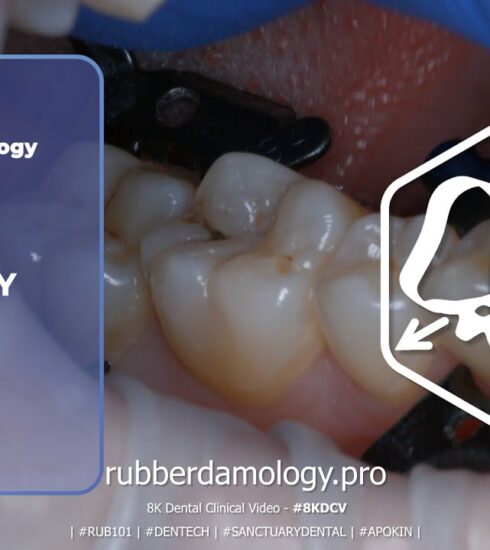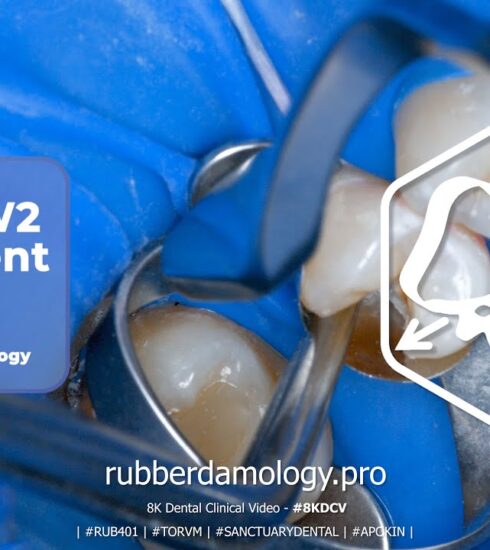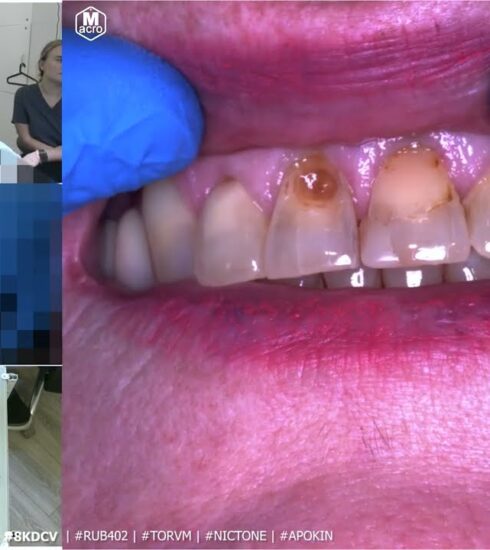How do different isolation techniques (e.g., rubber dam vs. cotton rolls) compare in terms of effectiveness and practicality for moisture control during dental procedures?
In comparing the effectiveness and practicality of different isolation techniques—specifically rubber dams versus cotton rolls—for moisture control during dental procedures, several factors come into play:
Effectiveness:
- Rubber Dams: These create a physical barrier around the tooth, effectively excluding saliva and other moisture from the operative site. This dry environment is ideal for placing restorative materials as it enhances bonding and reduces infection risks. Rubber dams also prevent swallowing of debris or spray from dental instruments and help maintain clear vision by preventing mirror fogging.
- Cotton Rolls: While less effective at maintaining a completely dry field, careful use with suction tips can achieve similar retention rates to rubber dams in some cases. However, they may not provide the same level of isolation as rubber dams.
Practicality:
- Ease of Use and Patient Comfort: Rubber dams are generally more challenging to apply, especially in complex or erupting teeth scenarios, and may be less comfortable for patients due to their invasive nature. Cotton rolls are often quicker to use and more adaptable, making them a preferred choice in many practices despite being less effective at moisture control.
- Practicality Considerations: Rubber dams require more equipment and setup time, which can be disadvantageous in busy practices prioritizing efficiency. Cotton rolls, while easier to manage, may need higher skill levels for effective use due to manual moisture management without a physical barrier.
Conclusion:
Rubber dams offer superior moisture control and isolation benefits, potentially leading to higher success rates for restorations. However, their practicality is limited by ease of use, patient comfort, and setup requirements. Cotton rolls are more adaptable and less invasive but may not provide as effective isolation unless used with additional techniques like suctioning. The choice between the two depends on balancing these factors based on specific clinical needs and practice constraints.
- Dental Caries The Disease and Its Clinical Management Third Edition – Edited by Ole Fejerskov, Bente Nyvad, and Edwina Kidd – ISBN 978-1- 118-93582 -8
- Noncarious Cervical Lesions and Cervical Dentin Hypersensitivity: Etiology, Diagnosis, and Treatment Edited by Paulo V. Soares, DDS, MS, PhD John O. Grippo, DDS ISBN 9780867157543
- Essentials of Dentistry Quick Review and Examination Preparation Rushik Dhaduk BDS Tutor, Dharmsinh Desai University Nadiad, Gujarat, India ISBN 978-93-5025-368-7






